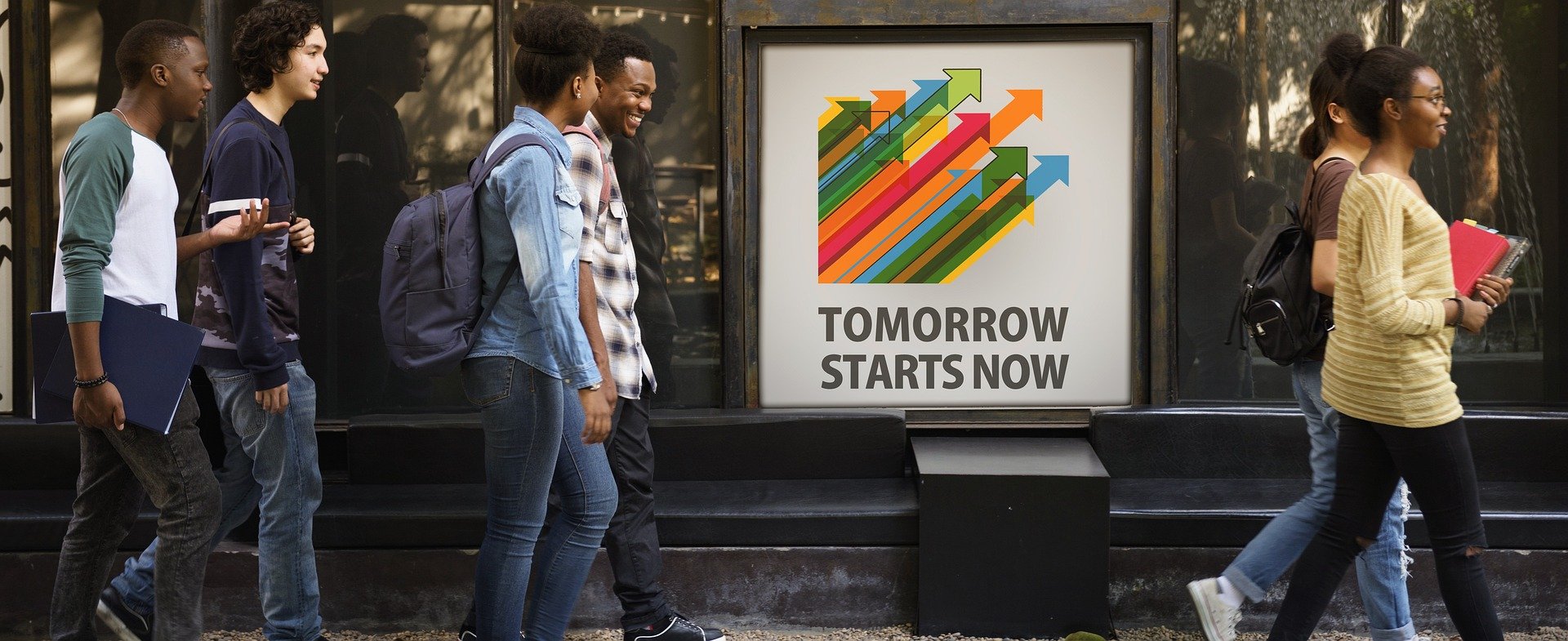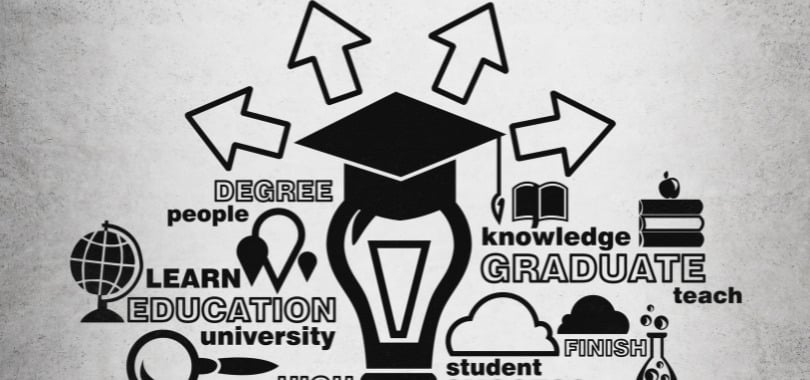No two years of college admissions are alike! The landscape is constantly changing, and students who are applying need to be aware of the ongoing trends to ensure they have the best chance of being accepted. Here are 7 college admissions trends you should be aware of for 2023.

6 Trends in College Admissions
1. Schools Are Ending or Rethinking Legacy Status and Preferences
Legacy admissions is the idea that schools give preference to students whose family members, such as a parent, attended the particular school. This has been a common practice among elite schools. But many in recent months and years have taken steps to end the practice. It doesn’t mean that these students with family alumni won’t be accepted. But legacy shouldn’t be as big a factor in their chances for admission. Some schools that have chosen to end legacy admissions include Carnegie Mellon University, John Hopkins University, and Amherst College.
2. The Number of Applications to Colleges Is Rising
Increases in the number of college applications have been on the rise for a number of years, and that trend seems to be continuing. The Common Application reported that applications submitted in 2022-2023 were up 7.5% from the previous year. And the State University of New York (SUNY) system saw a 110% increase in 2023 applications compared to the previous year.
Due to the increase in applications, it only makes sense that the percentage of students accepted is also on the decline. Schools are becoming more competitive than ever before.
3. More Students Are Applying Under Early Decision and Early Action
In addition to higher application numbers, it seems more students are applying to specific schools through Early Decision and Early Action application cycles. The University of Pennsylvania alone received a record number of early decision applications (over 8,000). Yale University received 7,744 early action applications, the second highest in its history.
Students who apply under Early Decision and Early Action tend to be more likely to receive acceptance letters from schools. But due to the vast increase of applications during these cycles, it is becoming increasingly difficult to be accepted.
It’s also important to note here that colleges are also tending to offer more Early Decision rounds than previously. While some schools have already offered Early Decision II, more are joining that list. This allows students to apply to their second choice of college if they received a rejection letter from their first school in December or to have more time on their Early Decision applications.
4. Rules and Recommendations Around SAT/ACT Requirements Continue to Change
In recent years, schools have either decided to make SAT and ACT score submissions optional or not consider them at all during the application process. This trend is continuing with the 2023-2024 admissions cycle as over 80% of four-year colleges in the United States will not require the scores. Others are opting for test optional and test blind policies.
5. There’s More Competition for Specific Majors
In the past, there were very few majors that required separate applications from the main college application, such as engineering. Recently, more schools are looking closely at planned majors among their applicants and taking that into consideration for acceptance letters.
Admission departments are trying to ensure that applicants have demonstrated interest in their field, experience, and the capabilities to perform well in their intended major. Engineering is still a competitive major. However, computer science and architecture also have lower-than-average acceptance rates now due to the number of applications for these majors.
While students may be tempted to choose a less competitive program with their application with the intention of switching to a more competitive major later, this is not advised. Students that take this route could find it difficult or even impossible to switch to their preferred major without reapplying or transferring schools.
6. More Students are Being Waitlisted
In the wake of a more competitive application process, it should come as no surprise that the number of students waitlisted is also increasing. If a student is waitlisted, they are being notified that they are not currently accepted to their school, but may receive a spot if enough students decline to enroll in the particular school. It has also been found that the number of students accepted off the waitlist could be decreasing.
In addition, international enrollment is back on the rise with COVID restrictions ending, which is also increasing acceptance competition.
From more competition in applications to a drastically changing Free Application for Federal Student Aid (FAFSA), there are a lot of factors that students have to contend with as they prepare to attend college in the coming years. Being aware of the ongoing trends can help ensure a student knows what to expect during the college admissions process.
Choosing the right schools to apply to can make all the difference when it comes to improving your acceptance chances. College Raptor’s College Match Tool helps match students to schools based on GPA, intended majors, geographical preferences, test scores, and more. Using our College Match tool, you can cut down on the time it takes to find the perfect colleges.






